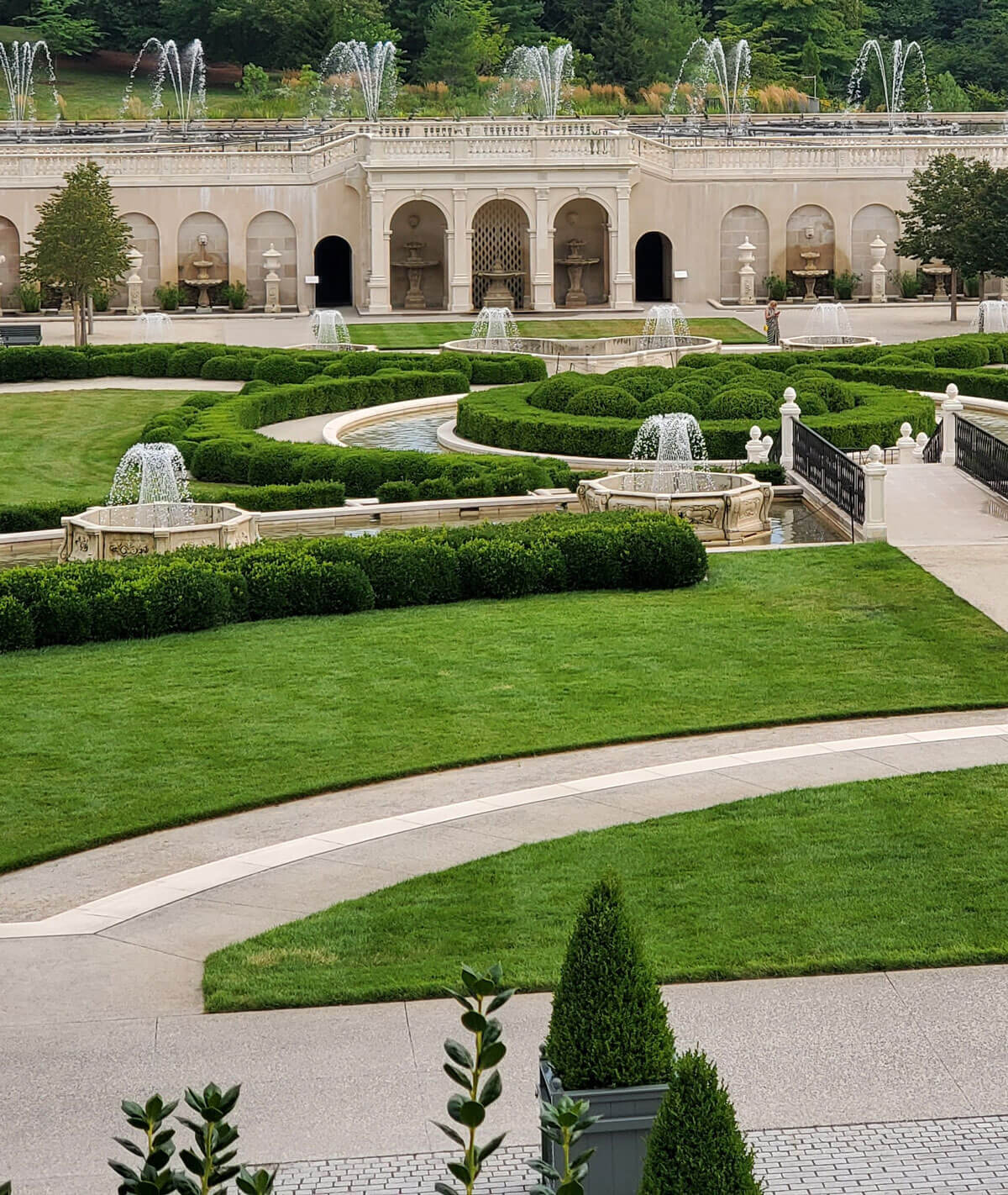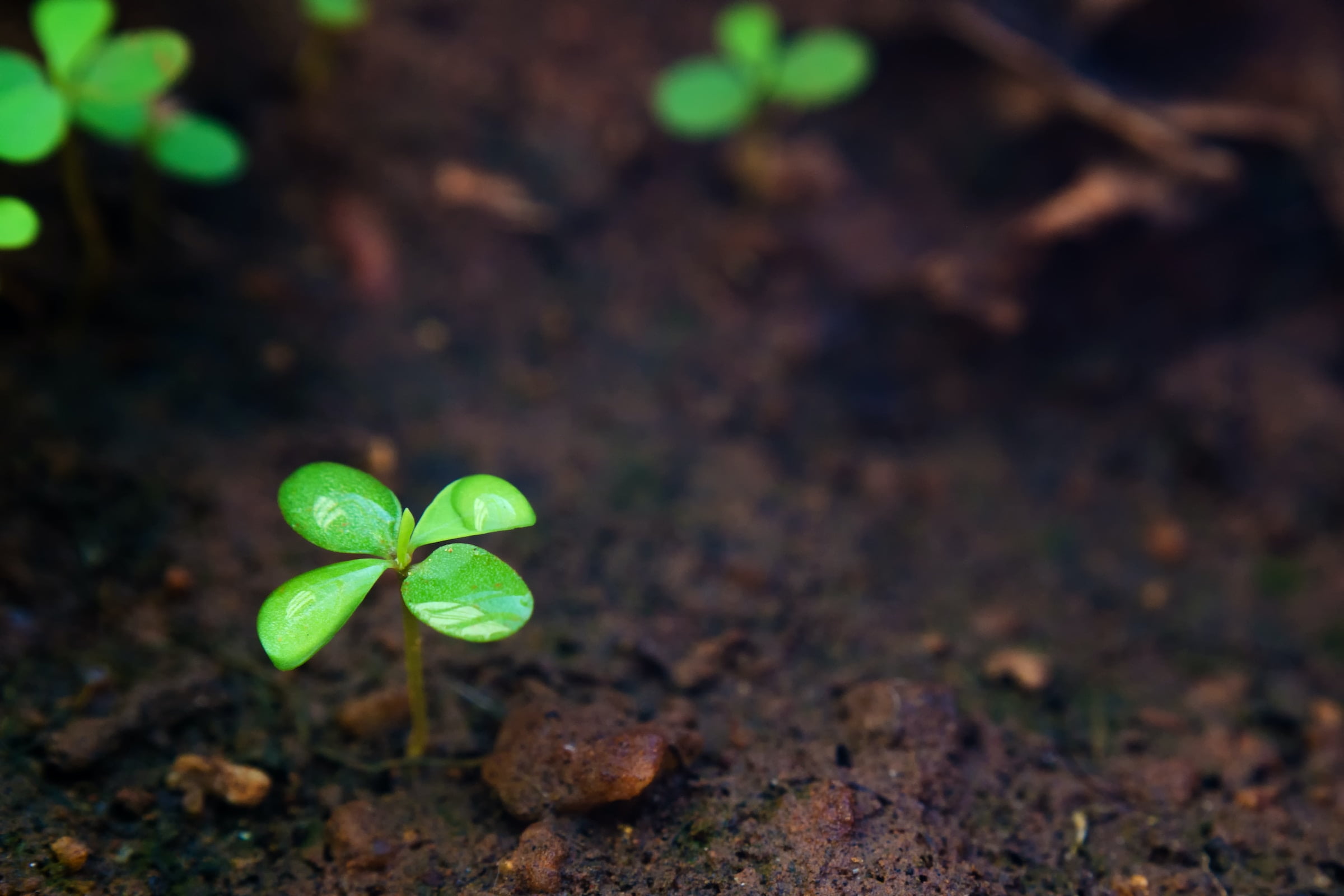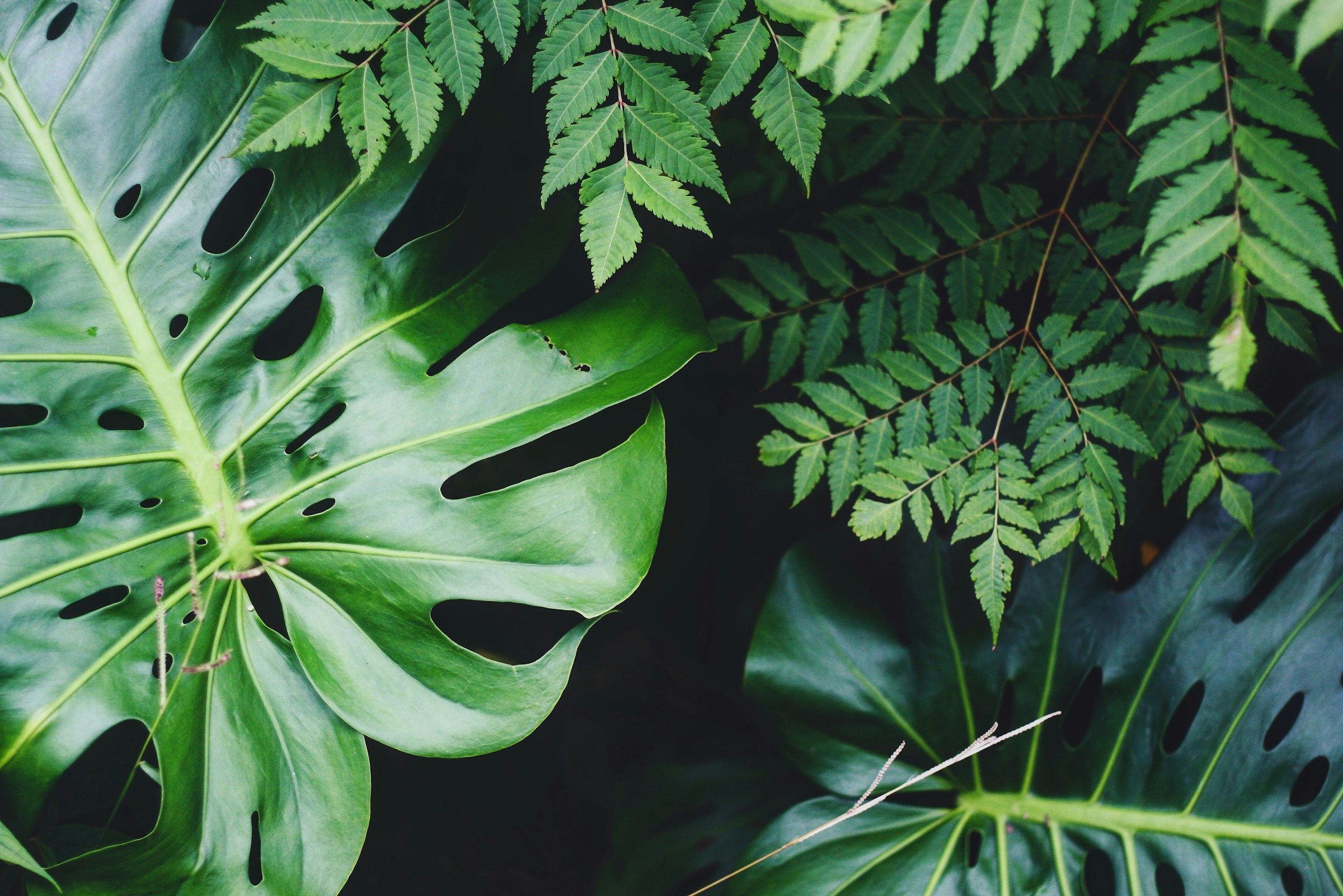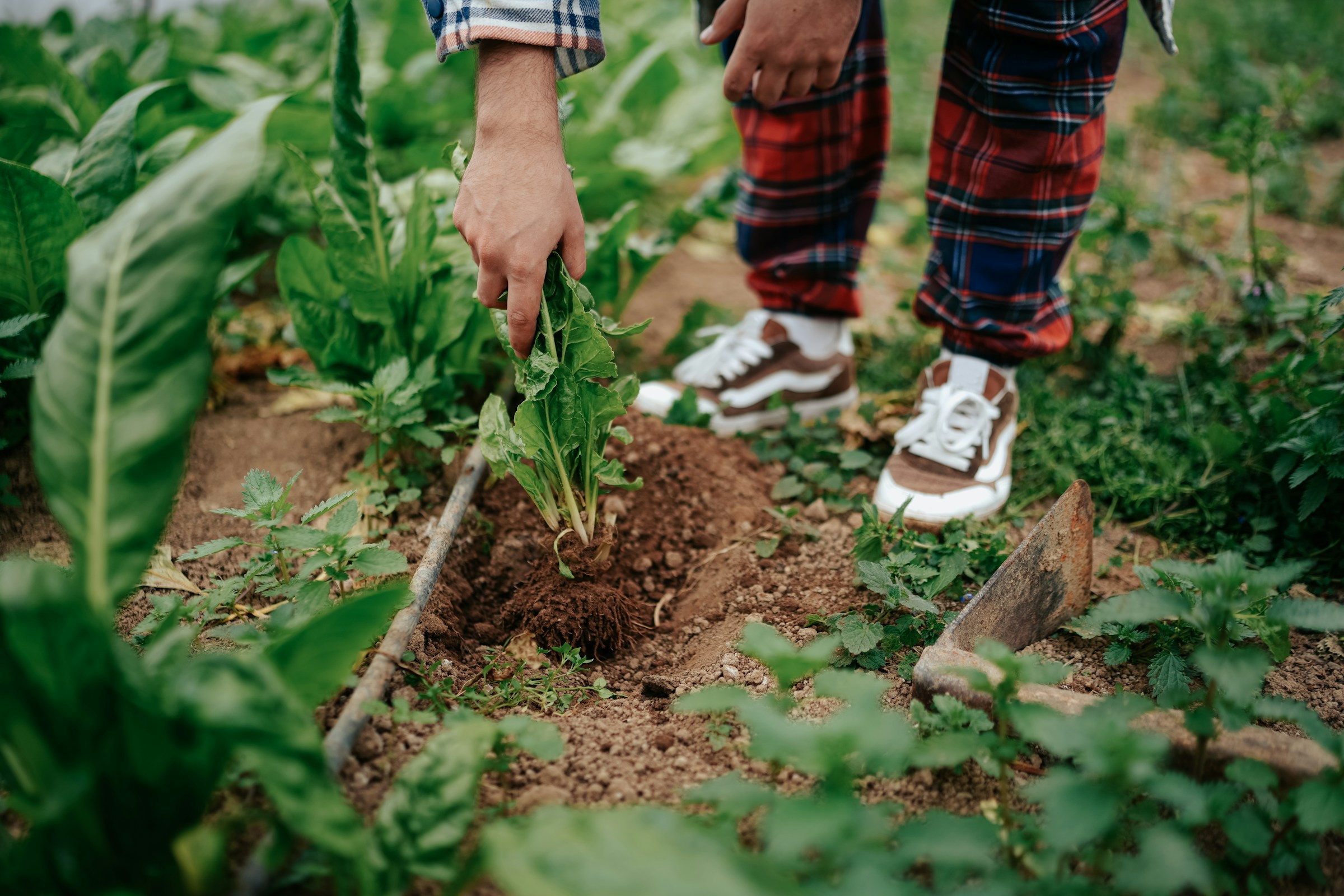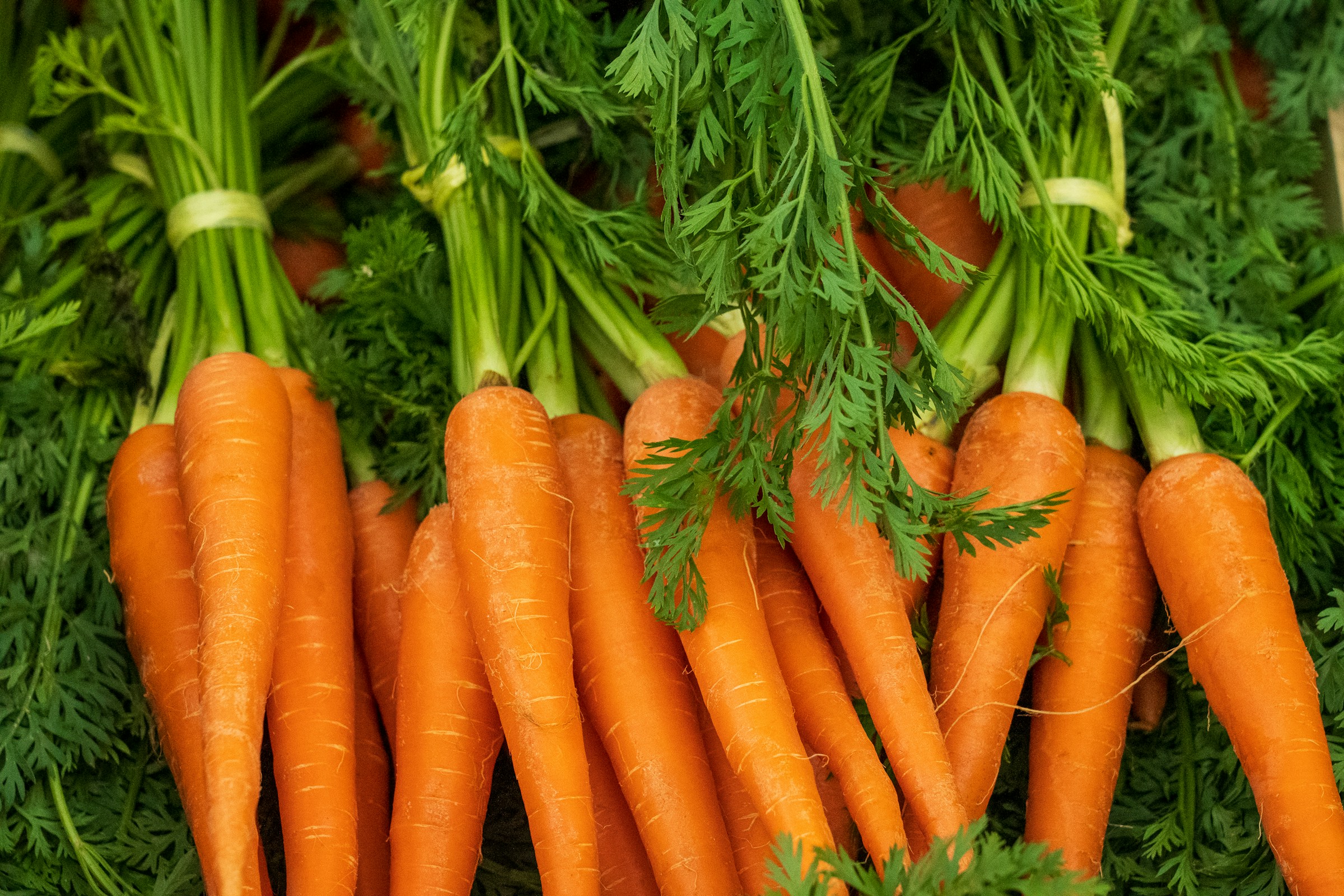Soil, the unsung hero of our planet, is a complex mixture of organic matter, minerals, gases, liquids, and organisms that support life. But what is soil made of, and how does it form?
In this article, we'll dig deep into the composition, types, and formation of soil and explore the different types of soil found in America and which ones are best for growing plants.
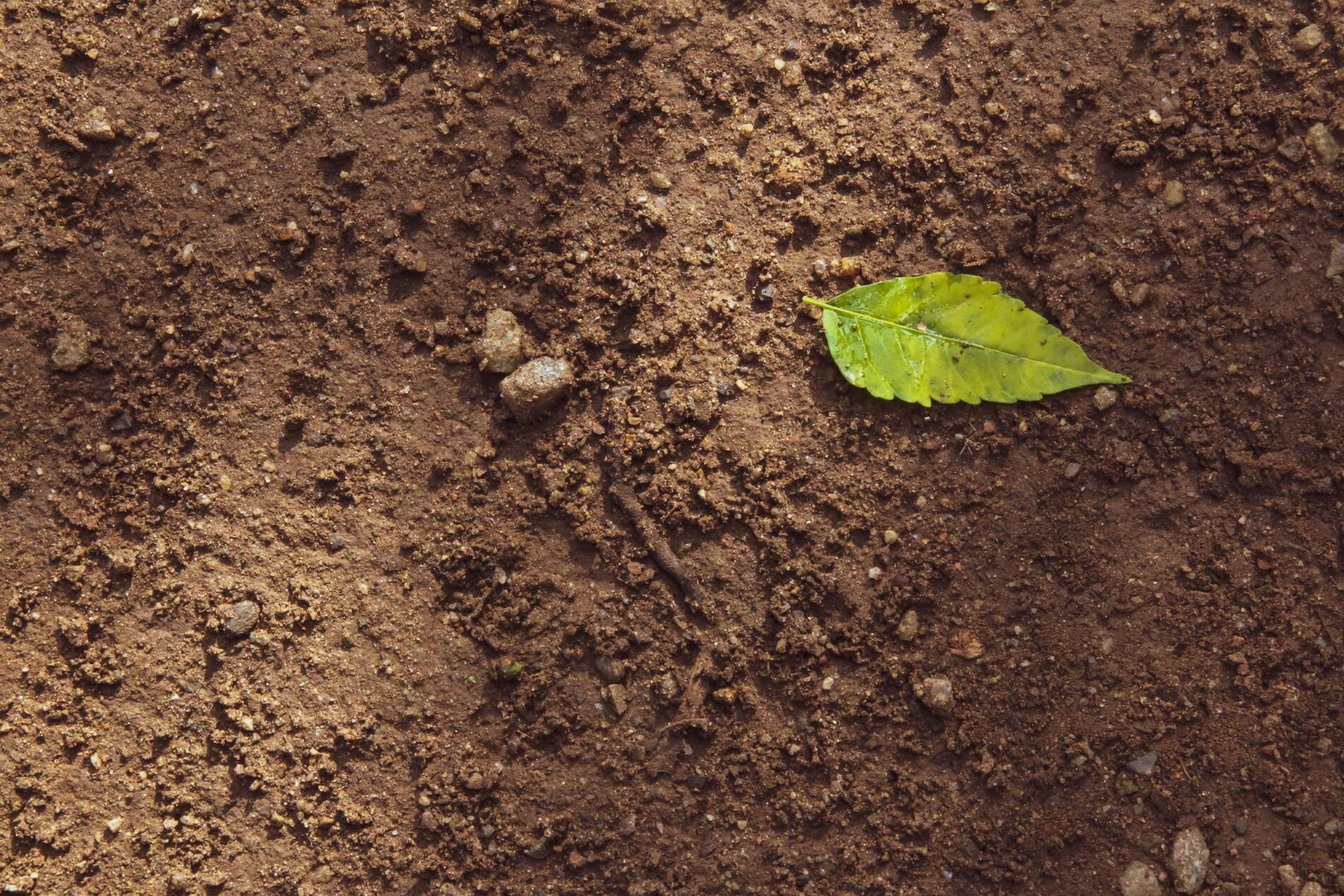
Soil Composition: What is Soil made of?
A typical soil comprises five ingredients: minerals, soil organic matter, living organisms, gas, and water. Soil minerals are divided into three size classes: clay, silt, and sand. The percentages of particles in these size classes determine the soil's texture. The mineralogy of soils is diverse, with some minerals like smectite capable of shrinking and swelling so much upon wetting and drying that they can knock over buildings.
Soil organic matter includes plant, animal, and microbial material, both living and dead. This organic material is crucial in providing nutrients to plants and animals by converting dead organic matter into various nutrient forms.
Soil Formation: A Journey Through Time and Elements
Soil formation, also known as pedogenesis, is a complex process influenced by five fundamental factors: parent material, topography, climate, organisms, and time. Parent material is the initial state of the solid matter making up the soil, consisting of consolidated rocks or unconsolidated deposits like river alluvium, glacial tills, or volcanic ash.
Soil formation begins with the physical and chemical breakdown of the Earth's rocks caused by atmospheric agents.
Biological, climatic, geologic, and topographic influences all play a role in the evolution of soils and their properties. These factors interact to form more than 1,108 different soil series in Minnesota alone.
Soil Types: A Colorful Palette of Earth's Foundation
Several soil classification systems exist, such as the World Reference Base for Soil Resources (WRB) and the USDA soil taxonomy. In the United States, over 19,000 soil series have been identified. Soil can be classified into six primary types based on its texture: sandy, clay, silt, peat, chalk, and loam.
Sandy Soil
Sandy soil consists of small particles of weathered rock and is one of the poorest types of soil for growing plants due to its low nutrient content and poor water-holding capacity. However, it is excellent for drainage systems.
Clay Soil
Clay soil is composed of fine particles that can hold water and nutrients well but may drain slowly and take longer to warm up in summer. This type of soil can be challenging for gardeners due to its tendency to dry out and crack in summer.
Silt Soil
Silt soil is a light and moisture-retentive soil type with a high fertility rating. It is well-drained and holds moisture well, but its fine particles can be easily compacted and are prone to washing away with rain.
Peat Soil
Peat soil is rich in organic matter and has a high water-holding capacity, making it ideal for water-loving plants. However, it can be challenging due to its acidity and low nutrient content.
Chalk Soil
Chalk soil is alkaline and well-drained, making it suitable for a wide range of plants. However, it can be challenging due to its shallow depth and poor water retention.
Loam Soil
Loam soil is the most sought-after soil type, as it is a balanced mixture of sand, silt, and clay. This ideal combination helps the soil retain nutrients, hold the right amount of moisture for plants, and provide structure to stabilize plants while allowing roots to grow freely.
Soil Types in America: A Diverse Landscape
In the United States, there are 12 soil types, or orders, with more than 100 different types of soils.
Some of the most common soil types found in America include Entisols, Inceptisols, Alfisols, Mollisols, Ultisols, Aridisols, Vertisols, and Oxisols. Each soil type has its unique characteristics, benefits, and limitations, making it essential to identify the type of soil you require for a project to support the healthy growth of plant life.
Frequently Asked Questions:
What are the five ingredients of soil?
The five ingredients of soil are minerals, soil organic matter, living organisms, gas, and water.
What are the primary factors that influence soil formation?
The primary factors that influence soil formation are parent material, topography, climate, organisms, and time.
What are the six primary types of soil based on texture?
The six primary types of soil based on texture are sandy, clay, silt, peat, chalk, and loam.
Conclusion
Soil is a fascinating and complex mixture of organic matter, minerals, gases, liquids, and organisms supporting life on Earth. Understanding soil composition, types, and formation is essential for making informed land management, agriculture, and gardening decisions. By appreciating the diverse soil types found in America and their unique characteristics, we can better support the healthy growth of plant life and contribute to a thriving ecosystem.
